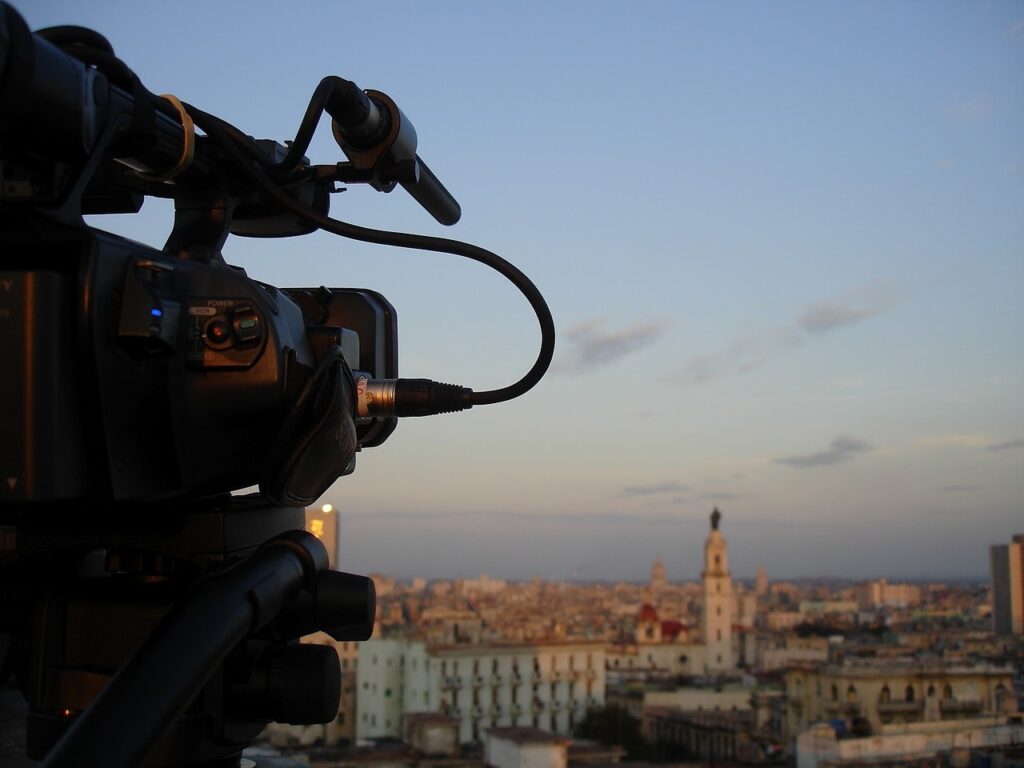Documentaries can captivate, educate, and inspire audiences like no other form of media. Whether you’re a budding filmmaker or a seasoned professional, creating a documentary can be a rewarding and transformative experience. This comprehensive guide will take you through the step-by-step process of making a documentary, from concept to distribution. So, grab your camera and embark on this exciting storytelling journey through the lens.
Research and Pre-production
This phase lays the foundation for your documentary. Read books, articles, and watch other documentaries related to your topic. Conduct interviews, gather statistics, and gather as much information as possible. Develop a clear storyline and structure for your documentary. Decide on the narrative arc and how you’ll engage your audience. Consider hiring a video production service provider to understand the technical aspects and resources required for your project. Additionally, think about the visual style that best conveys your message – will it be a traditional documentary with interviews and voiceovers, a more cinematic approach, or a combination of various styles?
Determine your budget and explore funding options. This may include grants, crowdfunding, or personal investment. Be aware of your topic’s legal issues, including copyright, releases, and permits. Consult a legal expert if necessary. Identify critical individuals or subjects to interview or follow in your documentary. Secure their cooperation and consent.
Choosing Your Documentary Topic
A primary step in creating a documentary is deciding what story you want to tell. Your topic should genuinely interest you and resonate with your audience. Select a subject you are passionate about or have a deep understanding of. This will make the filmmaking process more enjoyable and authentic. Consider the relevance of your topic in today’s world. Is it a pressing issue, an untold story, or something that needs attention? Think about your target audience. Will your documentary resonate with them? Who are you making this film for? Assess the availability of resources, access to key people, and the feasibility of filming your chosen topic. What unique perspective or angle can you bring to your topic? Avoid clichés and strive for a fresh approach.
Scriptwriting and Storyboarding
After a solid grasp of your topic, it’s time to create a script and storyboard. This step helps you organize your thoughts and plan your shots:
- Scriptwriting: Write a script that outlines the narration, dialogue, and voiceovers. Ensure your script aligns with your chosen narrative structure.
- Storyboarding: Create a visual representation of your documentary, shot by shot. This helps you plan your visuals, angles, and transitions.
- Location Scouting: Visit the locations where you intend to shoot. Make notes on lighting, sound, and any potential challenges.
Assembling Your Team
Filmmaking is a collaborative effort, and assembling the right team is crucial. The director is the visionary behind the documentary, responsible for translating the script into visuals, while producers oversee the logistics, budget, and overall production process. The cinematographer, or director of photography, is in charge of capturing visually compelling footage. Good sound is as essential as good visuals. A sound engineer records and mixes the audio. The editor pieces together the footage, adding transitions, effects, and music to create a cohesive story. Assistants help with various tasks on set, ensuring everything runs smoothly.
Equipment and Shooting
Before you start shooting:
- Gather the necessary equipment.
- Choose a camera that suits your budget and technical requirements.
- Ensure you have the necessary lenses, tripod, and accessories. You should also invest in quality microphones, recorders, and headphones to capture clear and crisp audio.
Depending on your project, you may need lighting equipment to control the ambiance and mood of your shots. Steady shots are essential for a professional look. Use tripods and stabilizers as needed. You might also require drones, underwater housings, or specialized equipment.
Filming Techniques
To create a visually captivating documentary, consider these filming techniques:
- Interviews: Frame your subjects carefully, use good lighting, and capture compelling expressions and emotions.
- B-Roll Footage: The B-roll consists of supplementary footage that supports your narrative. Capture relevant scenes, landscapes, and details.
- Cinematic Shots: Incorporate techniques like tracking shots, time-lapse, and slow motion to add depth and interest.
- Use of Natural Light: Utilize natural light whenever possible, as it can create stunning visuals.
- Documentary Style: Choose a documentary style that suits your topic, such as observational, interview-driven, or cinema verité.
Creating a documentary is a significant accomplishment. Celebrate your hard work and the impact your documentary has on your audience.

Making a documentary is a labor-intensive process that requires dedication, creativity, and perseverance. Each journey step is an opportunity to learn and grow as a filmmaker. With the right topic, a committed team, and a passion for storytelling, you can create a documentary that leaves a lasting impression on your audience and contributes to the world of documentary filmmaking.



